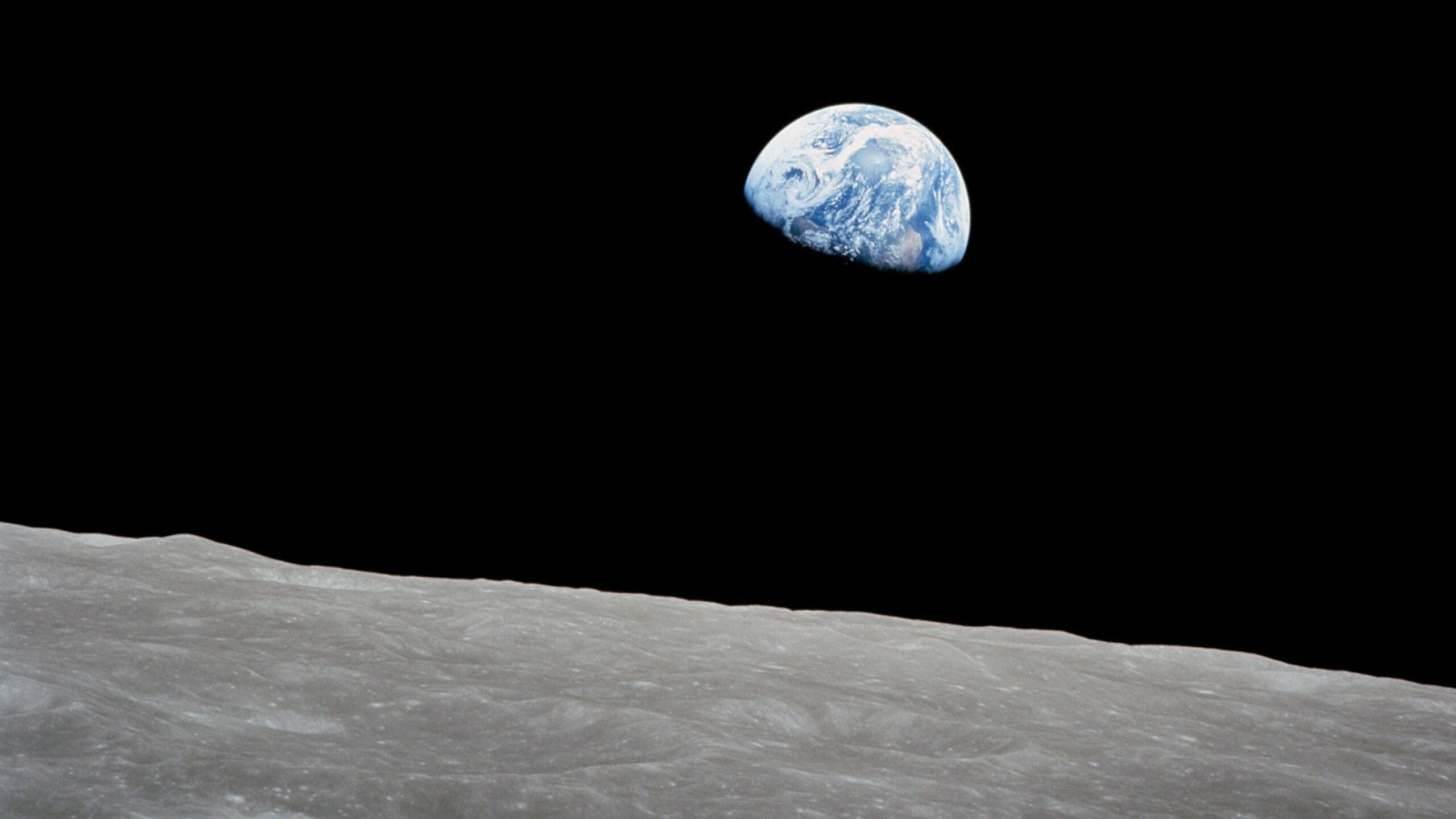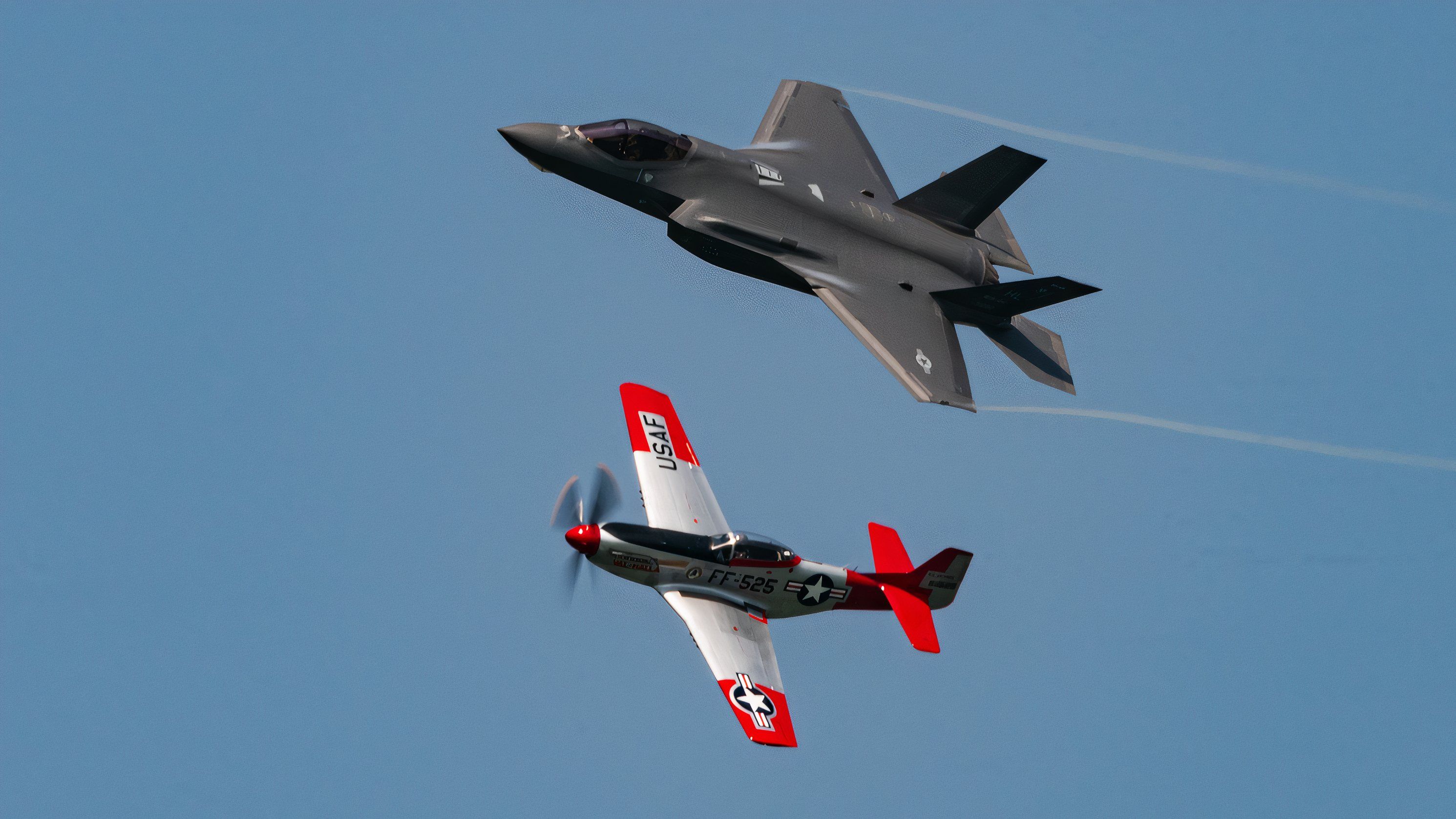Summary
- Bill Anders’ most famous mission was Apollo 8, where he took the iconic Earthrise photo.
- He founded the Heritage Flight Museum in 1996, showcasing diverse aircraft and keeping history alive.
- As CEO of General Dynamics, Anders made strategic decisions to grow the company – even sacrificing the F-16 production line.
On June 7, 2024, William A. “Bill” Anders concluded a life in aerospace, flying his Beechcraft T-34 Mentor. Anders’ aerospace life that included taking the space photograph “Earthrise” as part of NASA’s Apollo 8, founding the Heritage Flight Museum in Burlington, Washington State, and leading some of the United States of America’s leading aerospace companies.
Apollo 8 and Earthrise
Bill Anders’ most famous mission was Apollo 8. In December 1968, the Apollo program’s command capsule made the first human circumnavigation of the Moon. But Anders was supposed to be helping NASA test and land lunar modules on the moon. As Anders would share with the US Public Broadcasting Service’s NOVA program,
“That bothered me a lot, but when you get dealt lemons, you’ve got to make lemonade out of it. And a lot of people would have killed to have my bad job.”
Anders would go on to share with NOVA that the Apollo Command and Service Module had visibility much like a submarine. Anders was the designated photographer on Apollo 8 with a busy schedule of photos to take. But Anders would be the first to take a color photograph of the Earth rising from the Moon. As Anders would describe the process behind the photo, the color photo was taken after three orbits of the moon because the mission training was for photographing the moon. Additionally, in Anders’ own words,
“We spent all our time on Earth training about how to study the moon, how to go to the moon. It was very lunar-oriented, yet when I looked up and saw the Earth coming up on this very stark beat-up lunar horizon, an Earth that was the only color that we could see, a very fragile-looking Earth, a very delicate-looking Earth. I was immediately almost overcome with the thought, you know, here we came all this way to the moon, and yet the most significant thing we’re seeing is our own home planet, the Earth.”
But Apollo 8, which, as Anders stressed, was intended to be a flight test mission first. The mission commander, Frank Borman, would protect the mission. One can watch the whole interview below:
But flying on Apollo 8 as the lead photographer would just be one of the many contributions Bill Anders would make to American aerospace. Below is a NASA tribute to Bill Anders:
Another one of those contributions was the founding of the Heritage Flight Museum, where the author got his start in aviation photography.
Founding Heritage Flight Museum
Another of Bill Anders’ contributions to American aerospace was the founding of the Heritage Flight Museum in 1996. The museum has gone from a hangar at Bellingham International Airport to today an institution at Skagit Regional Airport with several hangars, complete with an exhibit on the events leading up to Earthwise. The Heritage Flight Museum’s collection includes aircraft as diverse as the lithe L-13 Grasshopper to the monstrous Douglas A-1 Skyraider, “The Proud American.” Most of the aircraft in the Museum’s collection are kept airworthy.
One of the Heritage Flight Museum’s aircraft that many airshow fans would instantly recognize is the museum’s North American P-51D Val-Halla. Named to honor Bill’s wife Valerie and the Viking culture where Val-Halla means Viking Heaven, Val-Halla in the care of the Anders brothers Greg and Alan has appeared in many US Air Force heritage flights like pictured below with Major Kristin “Beo” Wolfe and her F-35A at the 2021 Tacoma Freedom Fair airshow:
Photo: Joe Kunzler | Simple Flying
Finally, one can watch the Executive Director and a son of Bill Anders in Greg “B.A.” Anders on The Afterburn Podcast shares his own contributions to US aerospace history, including flying B-52s, F-15Es and A-10s to move forward to leading Heritage Flight Museum to keep history alive:
Yet, there is more to the Anders legacy… that ties into the “I perform… so we win” that Greg Anders speaks of above.
Bill Anders as CEO of General Dynamics
Finally, one would be remiss not to note Bill Anders’ other aerospace contributions beyond space and Heritage Flight Museum. For instance, Bill Anders was CEO of General Dynamics in the early 1990s and sought to acquire Lockheed’s fighter division. Instead, Lockheed offered to buy out General Dynamics’ F-16 line even though the CEO was a test pilot for the F-16.
According to The Outsiders: Eight Unconventional CEOs and Their Radically Rational Blueprint for Success by William N. Thorndike Jr., Bill Anders wanted to steer General Dynamics to focus only on a few products – and dominate in each field. As Thorndike Jr. explained when Lockheed made its counteroffer to Anders,
“So when Lockheed’s CEO surprised him by offering $1.5 billion, a mind-bogglingly high price for the division, Anders was faced with a moment of truth. What he did is very revealing—he agreed to sell the business on the spot without hesitation (although not without some regret). Anders made the rational business decision, the one that was consistent with growing per share value, even though it shrank his company to less than half its former size and robbed him of his favorite perk as CEO: the opportunity to fly the company’s cutting-edge jets.”
But Anders would leave General Dynamics with a higher value and a firm now focused on building tanks and warships. Lockheed Martin, on the other hand, would eventually convert General Dynamics’ F-16 production line to help build the highly successful F-35.
Bottom line
As one can read, Anders was always a mission-focused leader who left an aerospace legacy. From Earthrise to Heritage Flight Museum to business decisions at General Dynamics – Bill Anders changed the way Americans look at things, and safe to say his children will continue his legacy. Below is a May 2017 retrospective on Bill Anders’ contributions by Seattle’s KOMO:
Above is not a complete tribute to Bill Anders’ contributions. But hopefully, one will have a new perspective on aerospace, leadership, and humility.
What are your take-aways? Please share in the comments with civility.


